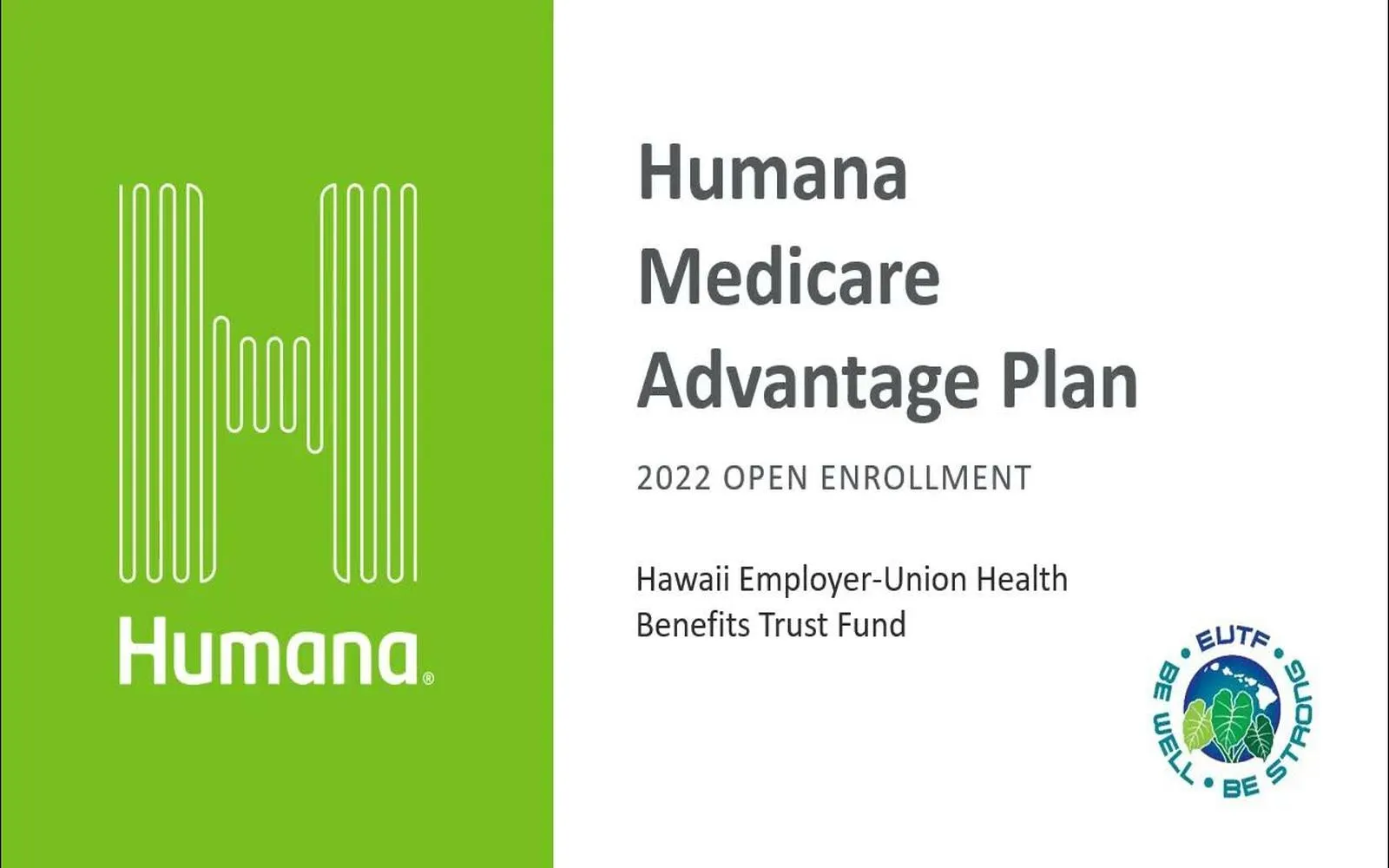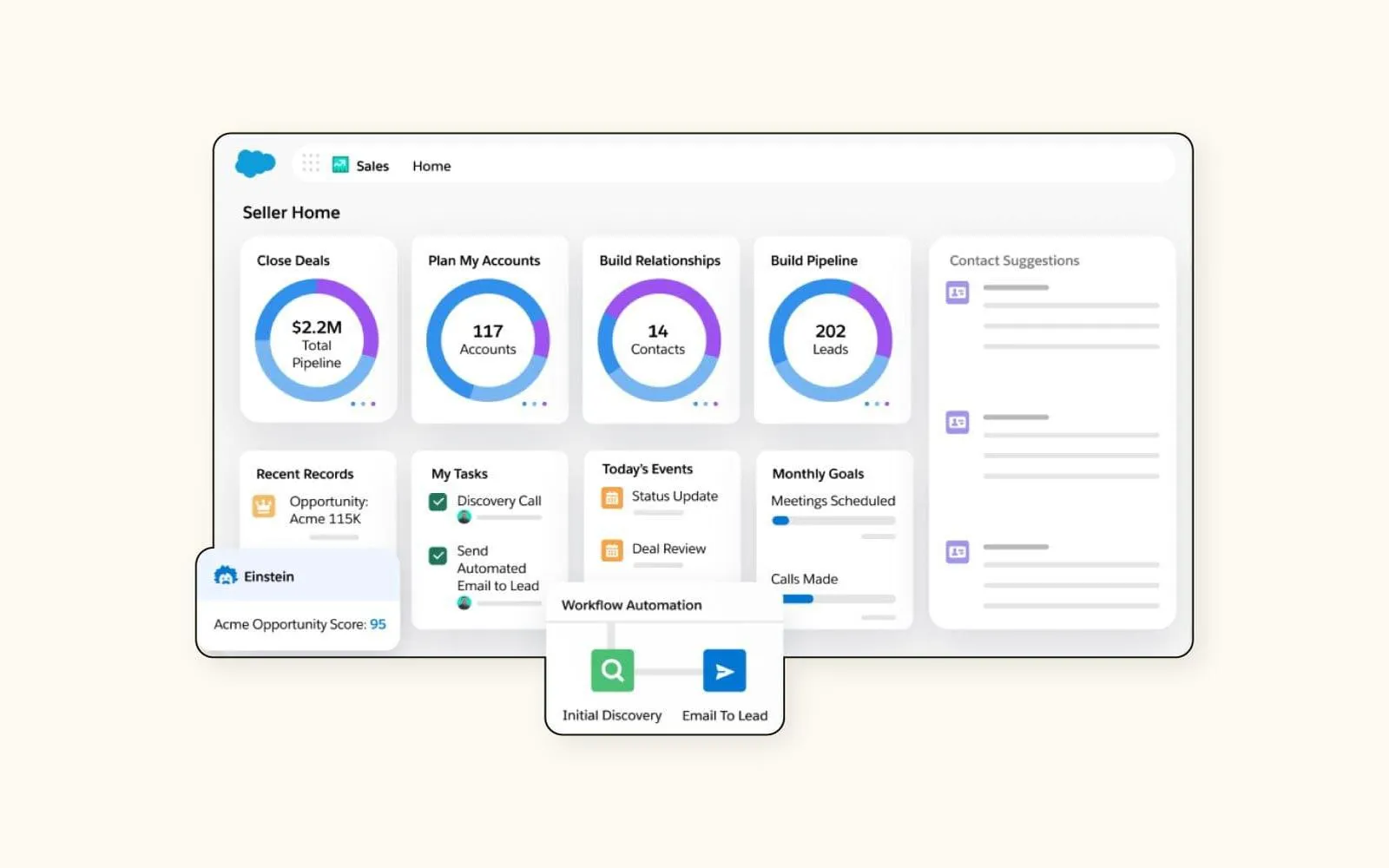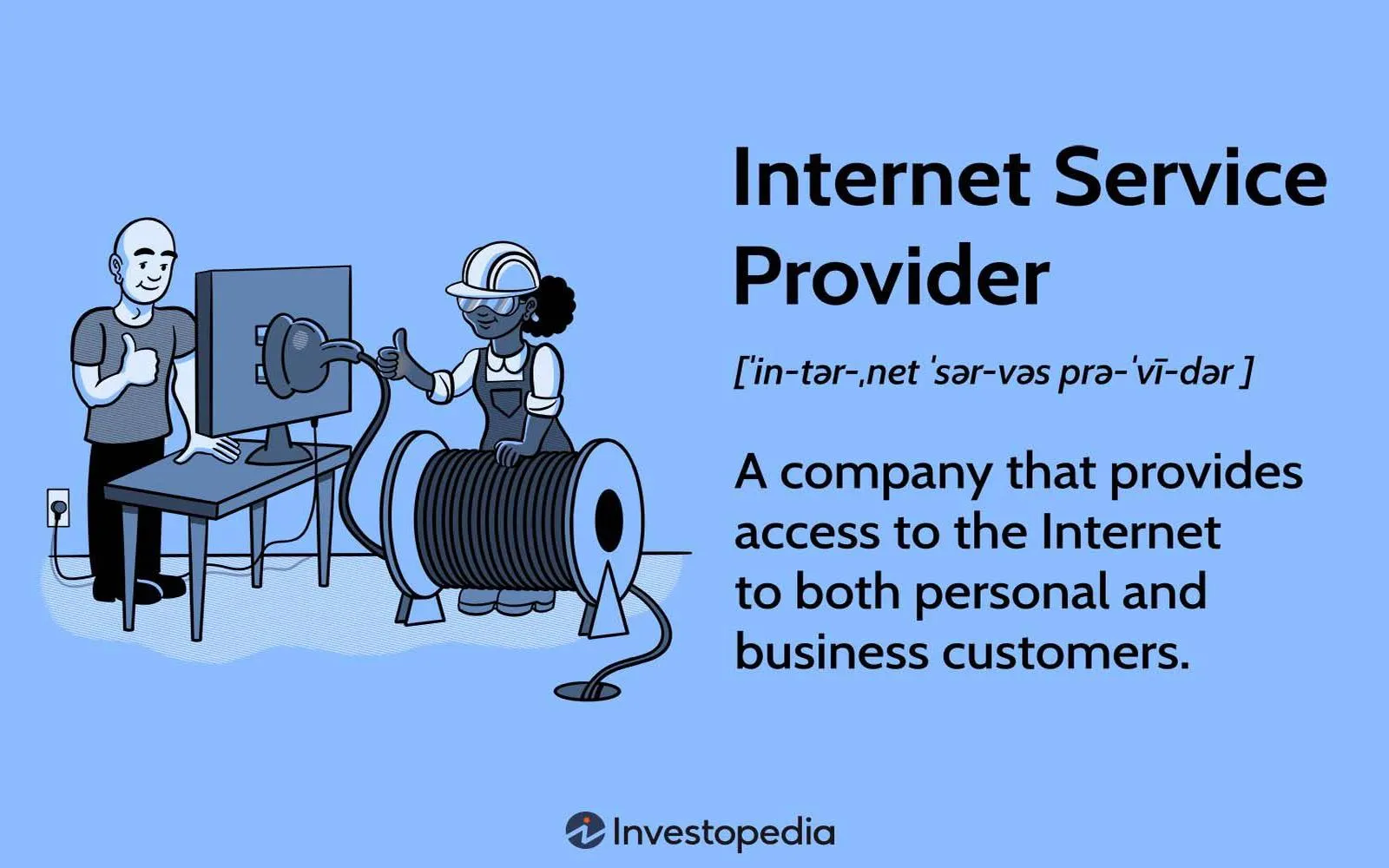Choosing a Good Medical Record System: Key Features and Benefits
In the modern healthcare landscape, medical record systems play a pivotal role in enhancing patient care, improving operational efficiency, and ensuring legal and regulatory compliance. The transition from paper-based records to Electronic Health Records (EHR) and Electronic Medical Records (EMR) systems has revolutionized the way healthcare providers manage patient data. However, selecting a good medical record system involves more than just digitizing patient files. It is about creating an integrated system that ensures accuracy, privacy, and usability for all stakeholders involved.
What is a Medical Record System?
A medical record system is a digital platform used by healthcare providers to store and manage patient information. The two primary types of medical record systems are:
- Electronic Health Records (EHR): A comprehensive digital record of a patient’s health history that can be shared across different healthcare providers, ensuring continuity of care.
- Electronic Medical Records (EMR): Primarily used within a single healthcare provider's practice, EMRs contain detailed patient data, including medical history, diagnoses, treatment plans, and more.
Both EHR and EMR systems aim to streamline patient data management, reduce human error, and promote better patient outcomes.
Key Features of Good Medical Record Systems
When selecting a medical record system, healthcare providers should prioritize features that will maximize efficiency and improve care delivery. The following are essential features of a good medical record system:
| Feature | Description |
|---|---|
| User-Friendly Interface | A simple and intuitive interface ensures that healthcare providers can navigate easily and input data without delays. |
| Security & Privacy | Strong encryption and security protocols ensure that patient data is protected against unauthorized access, complying with regulations like HIPAA (Health Insurance Portability and Accountability Act). |
| Data Interoperability | The ability to share data between different healthcare organizations facilitates continuity of care and ensures better patient management. |
| Clinical Decision Support | Integration of clinical decision support tools that alert healthcare providers about potential issues such as drug interactions, allergies, or deviations from best practices. |
| Real-Time Data Access | Real-time data access is essential for making informed decisions during patient care. This feature allows for immediate updates to patient information, regardless of location. |
| Customization | A good medical record system should be flexible and customizable to meet the specific needs of different specialties and healthcare settings. |
| Reporting & Analytics | Built-in tools for generating reports and analyzing patient data help with clinical performance, research, and meeting regulatory reporting requirements. |
| Mobile Compatibility | Mobile apps or browser-based access allow healthcare providers to access patient data remotely, improving flexibility and responsiveness. |
Benefits of Good Medical Record Systems
- Improved Patient CareOne of the greatest advantages of using a good medical record system is the improvement in patient care. By having accurate, up-to-date information available at the point of care, healthcare providers can make better decisions, reduce medical errors, and avoid duplicating tests. The system can also send reminders for follow-up appointments and vaccinations, further enhancing the quality of care.
- Enhanced Collaboration Among Healthcare ProvidersWith an efficient medical record system, doctors, nurses, specialists, and other healthcare professionals can access the same patient information, facilitating communication and collaboration. This interconnectedness ensures that all providers are on the same page regarding patient treatment, reducing the likelihood of miscommunication and medical errors.
- Cost SavingsBy digitizing records and automating many manual processes, medical record systems can help reduce administrative costs. Additionally, paper records require significant physical storage space, which can be costly for healthcare facilities. EHRs and EMRs eliminate the need for paper files, offering long-term cost-saving benefits.
- Regulatory ComplianceGood medical record systems are designed to help healthcare providers comply with various regulatory standards, including those for data security and patient privacy. They allow for secure record-keeping, audit trails, and easy retrieval of information, which can be crucial during inspections or legal proceedings.
- Improved Efficiency and Time ManagementMedical staff spends less time managing paper records, searching for patient information, or transcribing handwritten notes. Instead, digital records allow healthcare providers to quickly retrieve patient data and focus more time on patient care. Moreover, integrated scheduling, billing, and documentation tools reduce administrative workloads.
Challenges and Considerations
While there are numerous benefits, there are also challenges to implementing and maintaining a medical record system. These include:
- Initial Setup Costs: Setting up a robust medical record system can be expensive, especially for smaller healthcare practices. However, the long-term savings and benefits often outweigh the initial investment.
- User Training: Healthcare staff must be adequately trained to use the system. Without proper training, staff may struggle to fully utilize the features of the system, leading to inefficiency and potential errors.
- Data Migration: Transitioning from paper records or a different system to a new digital system can be time-consuming and complex. Ensuring the accurate migration of existing patient data is crucial for seamless integration.
Conclusion
A good medical record system is a cornerstone of modern healthcare. By offering improved patient care, greater efficiency, and streamlined communication between healthcare providers, it plays a vital role in enhancing the overall healthcare experience. When selecting a system, healthcare organizations must consider factors such as usability, security, interoperability, and compliance with regulatory standards. Despite the challenges of implementation, the long-term advantages of digital medical records make it a worthy investment in the future of healthcare.
By ensuring that the system chosen aligns with the specific needs of a practice or hospital, medical professionals can foster a more efficient, collaborative, and patient-centered environment.
Explore

How to Find a Good Slip and Fall Lawyer: A Comprehensive Guide

Online Advertising in the USA: Trends, Opportunities, and Key Insights

Understanding Humana Health Benefits

Travel with Confidence: Exploring the Benefits of Travelocity

The Benefits of Using Simple CRM for Small Business

Choosing the Right Business Internet Provider

Window Replacement Options: Choosing the Best for Your Home

Moving Company and Services: What to Expect and How to Choose the Right One
